This is part 2 in the series of posts showing a total of 50 photos from our August 2017 trip to and along the China side of the silk road. To continue to part 3, click here.
The Karakorum Highway was the highlight of our August 2017 Silk Road trip, and if we had more time, we wish we could have continued on through Tajikistan (border limited to commercial crossings for now), Afghanistan (border currently closed), or Pakistan (still a popular route for both tourists and traders crossing the Khunjerab pass to Gilgit and Islamabad), but even the 300km drive from Kashgar to Tashgurkan and back surpassed even my expectations for beautiful scenery and cultural diversity. This was one of the rare times in China I had to hire a guide, since very few people there spoke Mandarin (and of course no English).
Here are the photos from the Karakorum Highway and Tashgurkan:
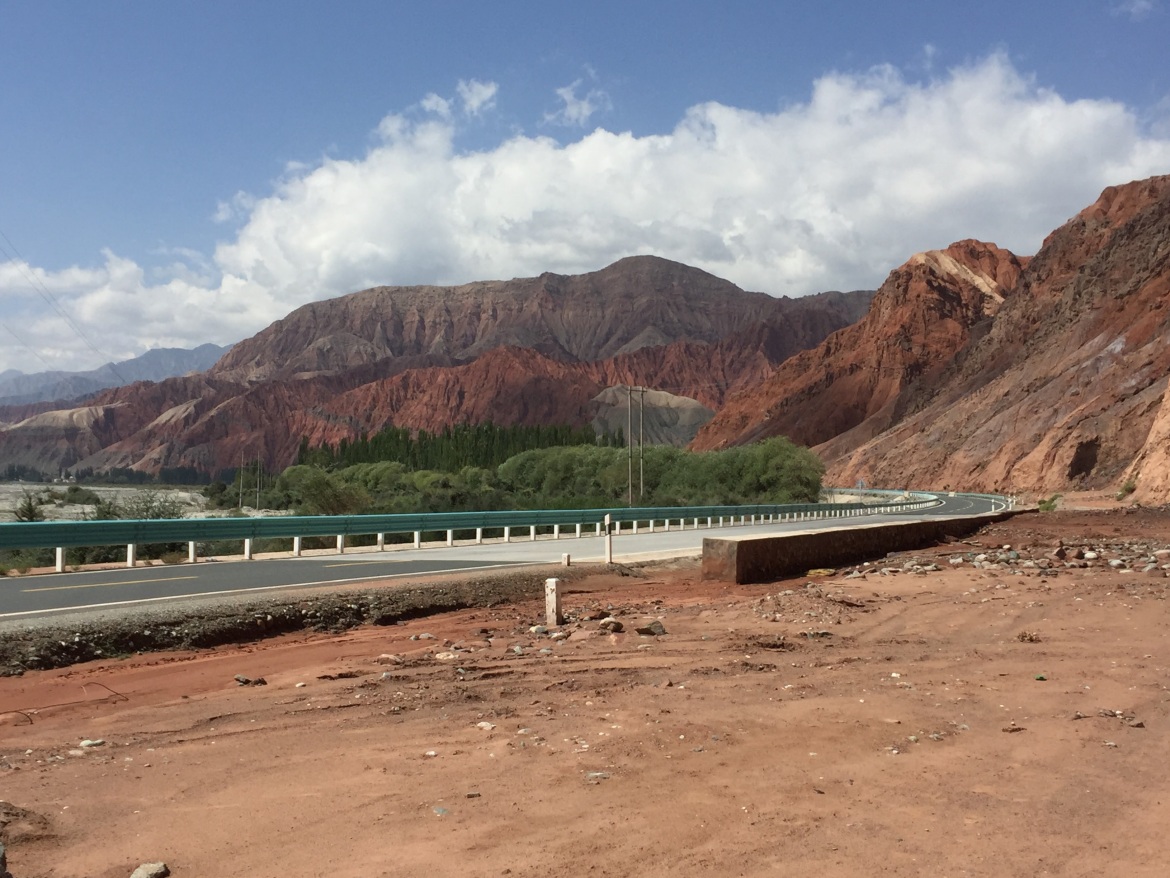
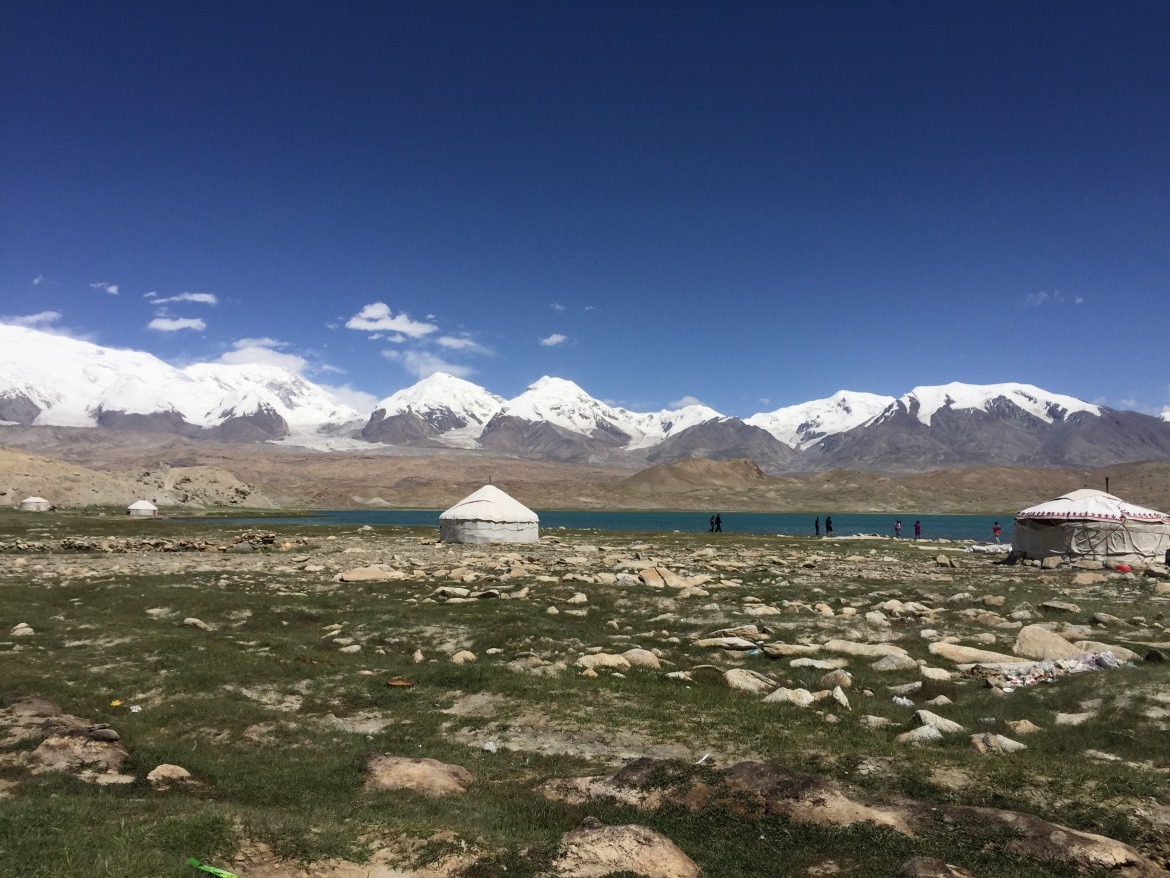

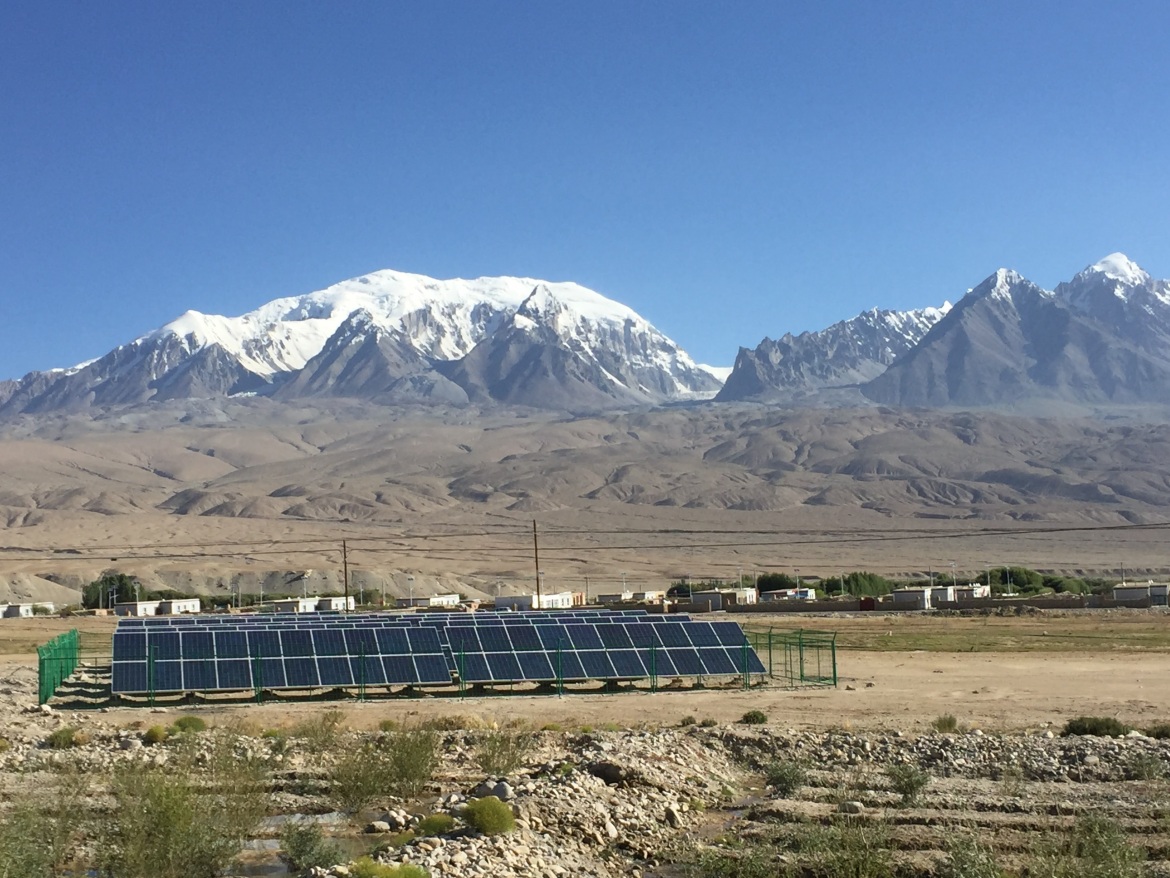










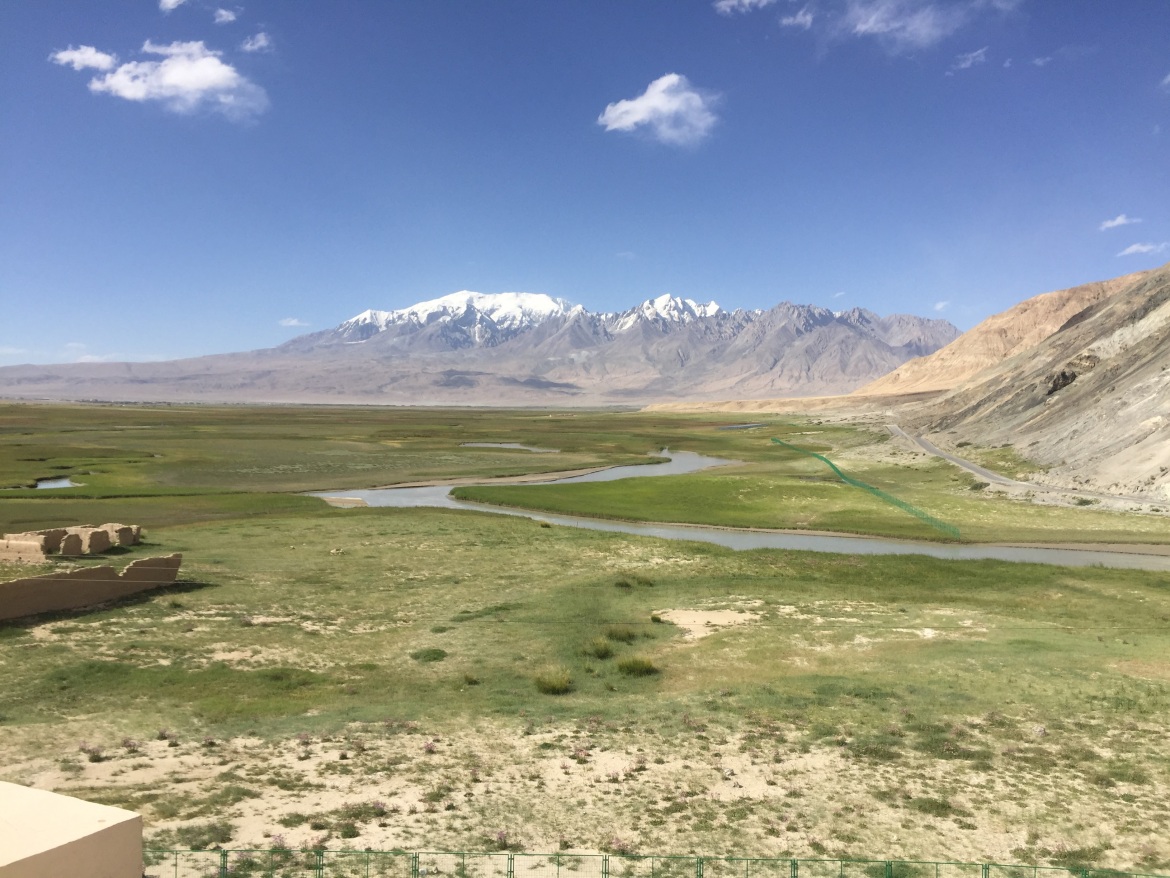
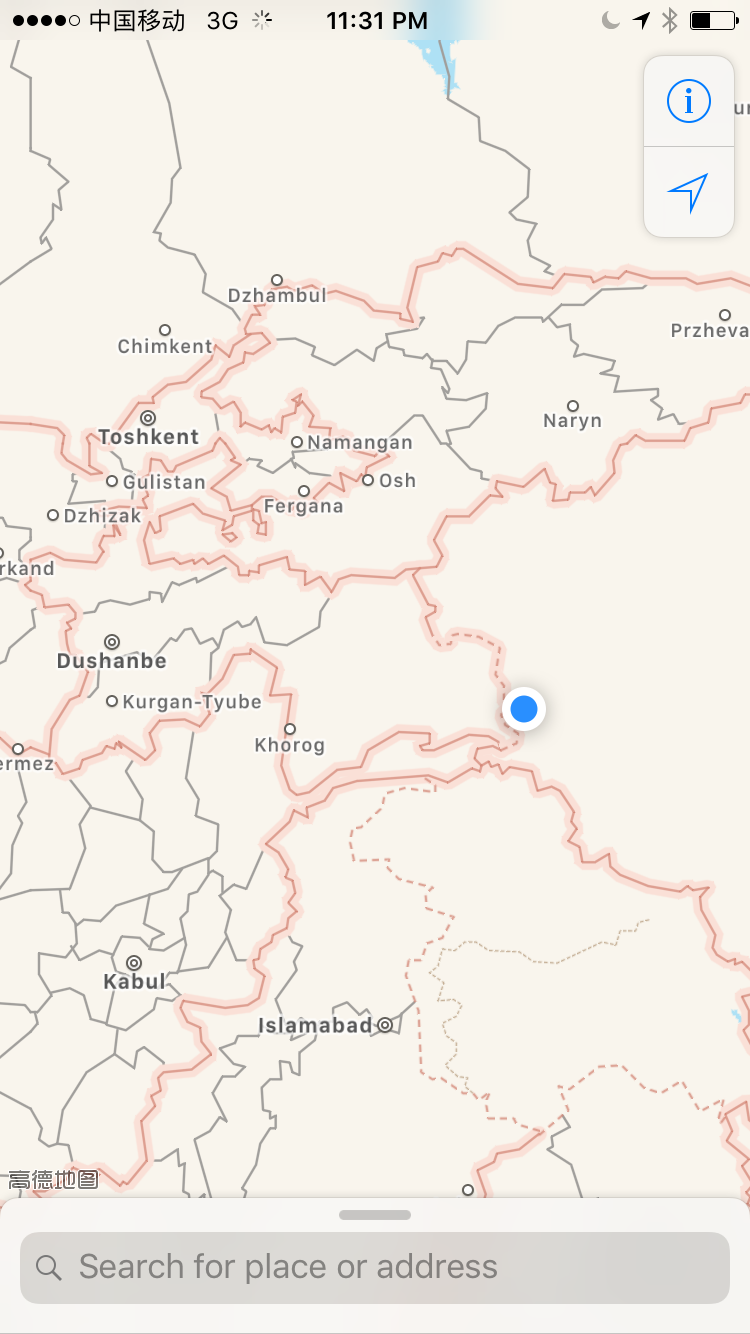
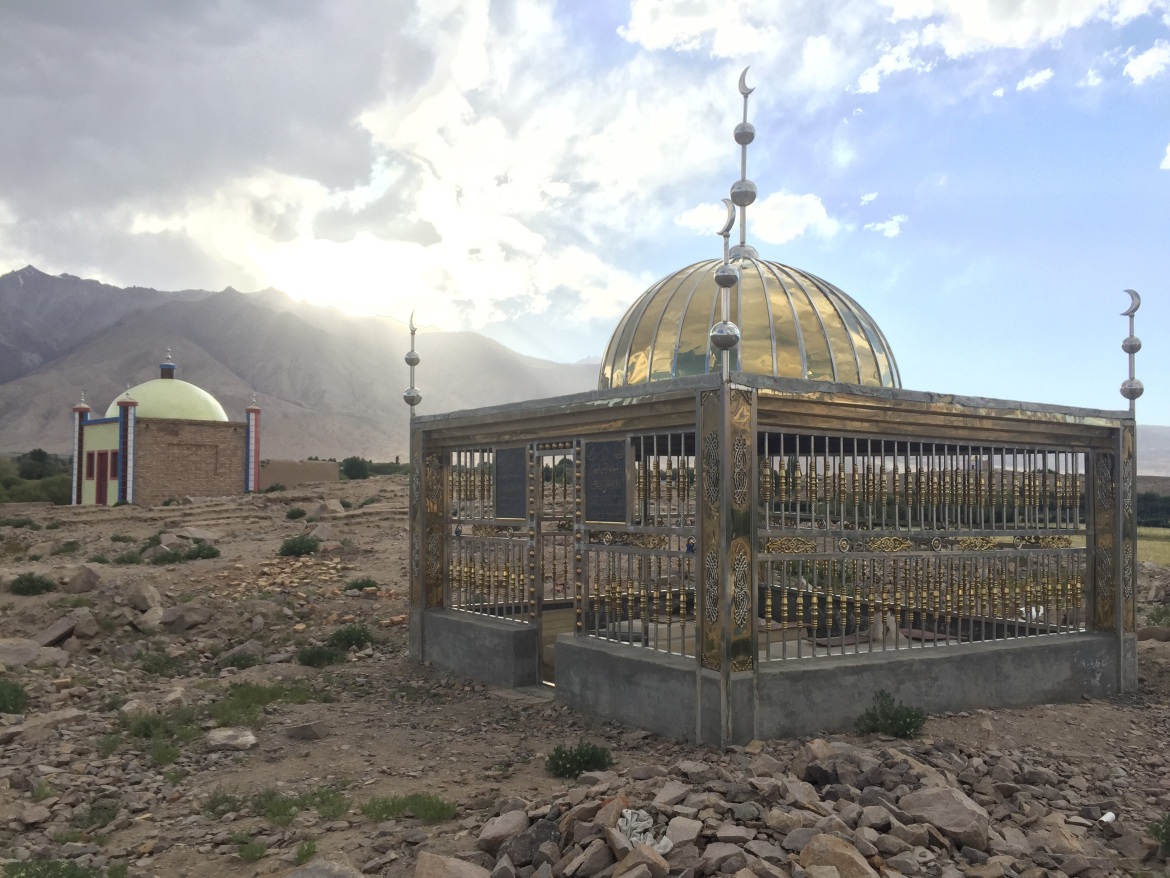
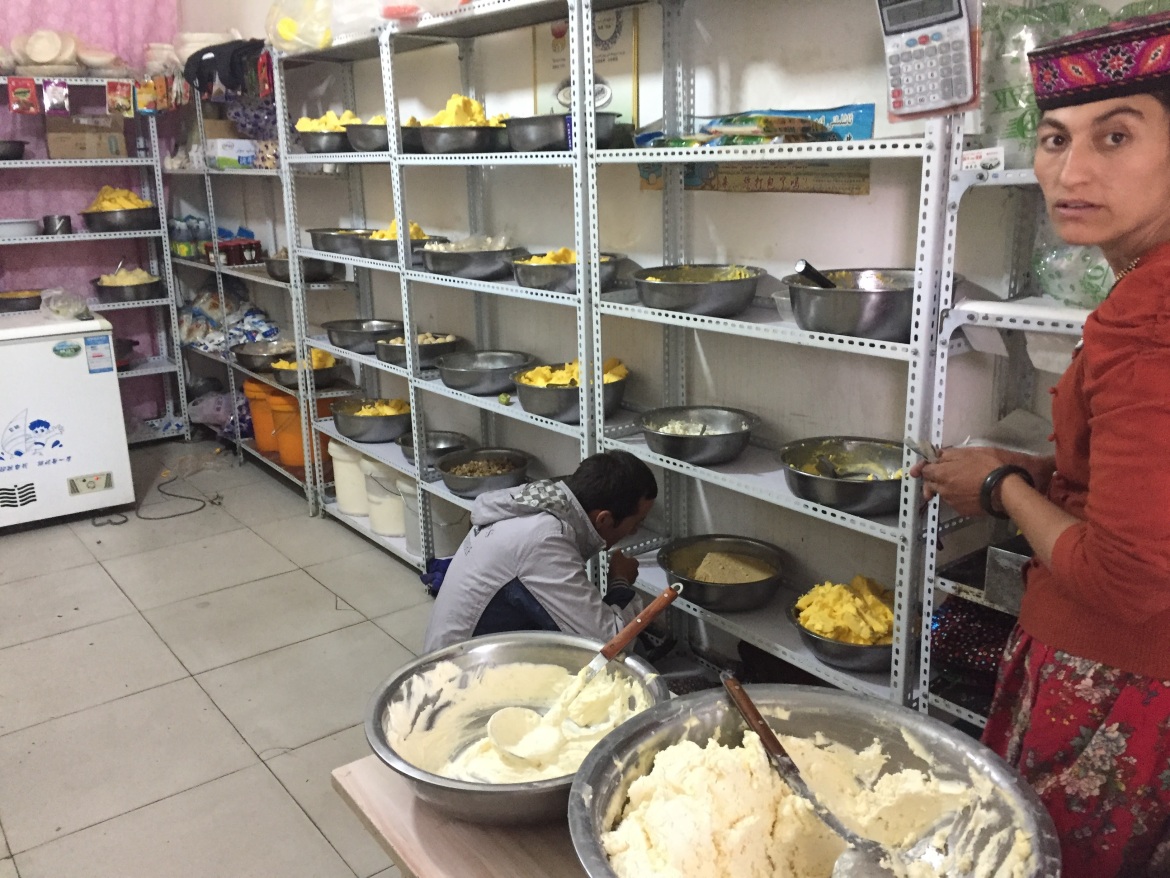
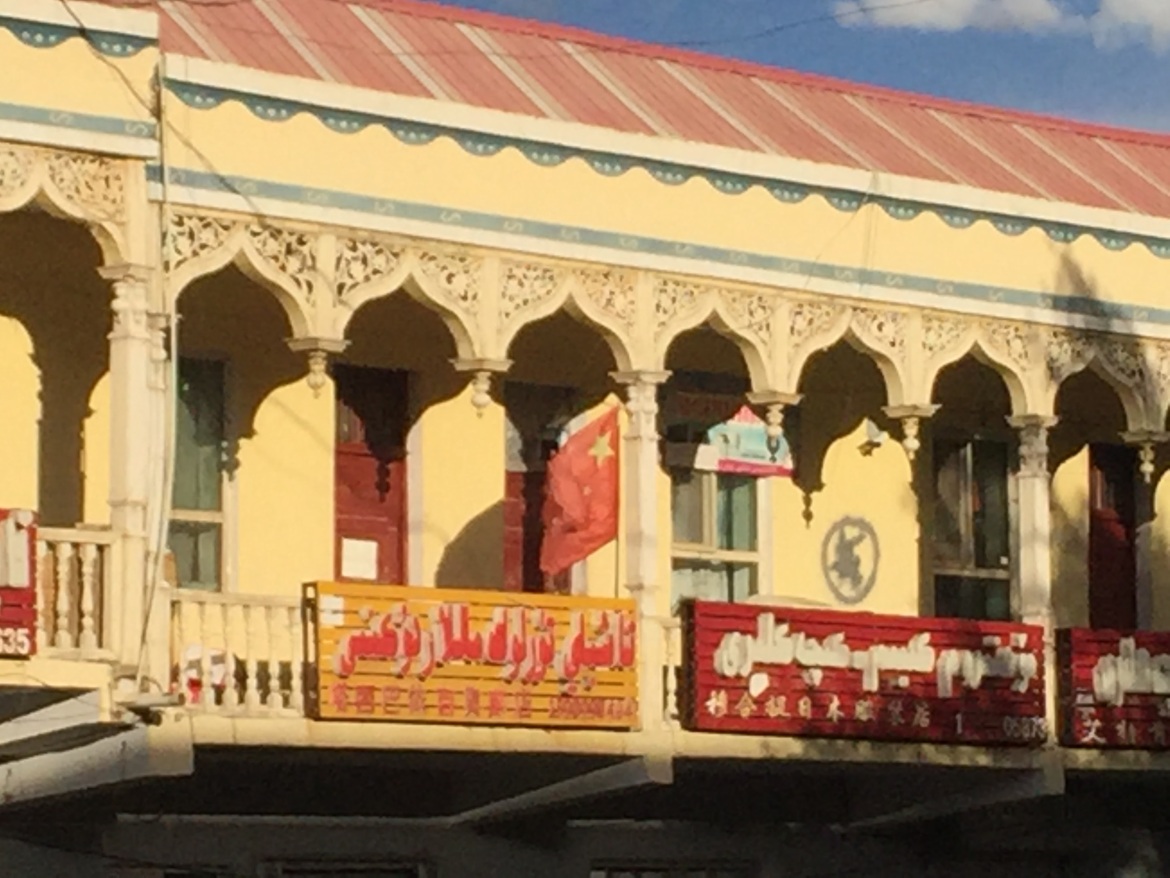

Click here to continue to part 3.

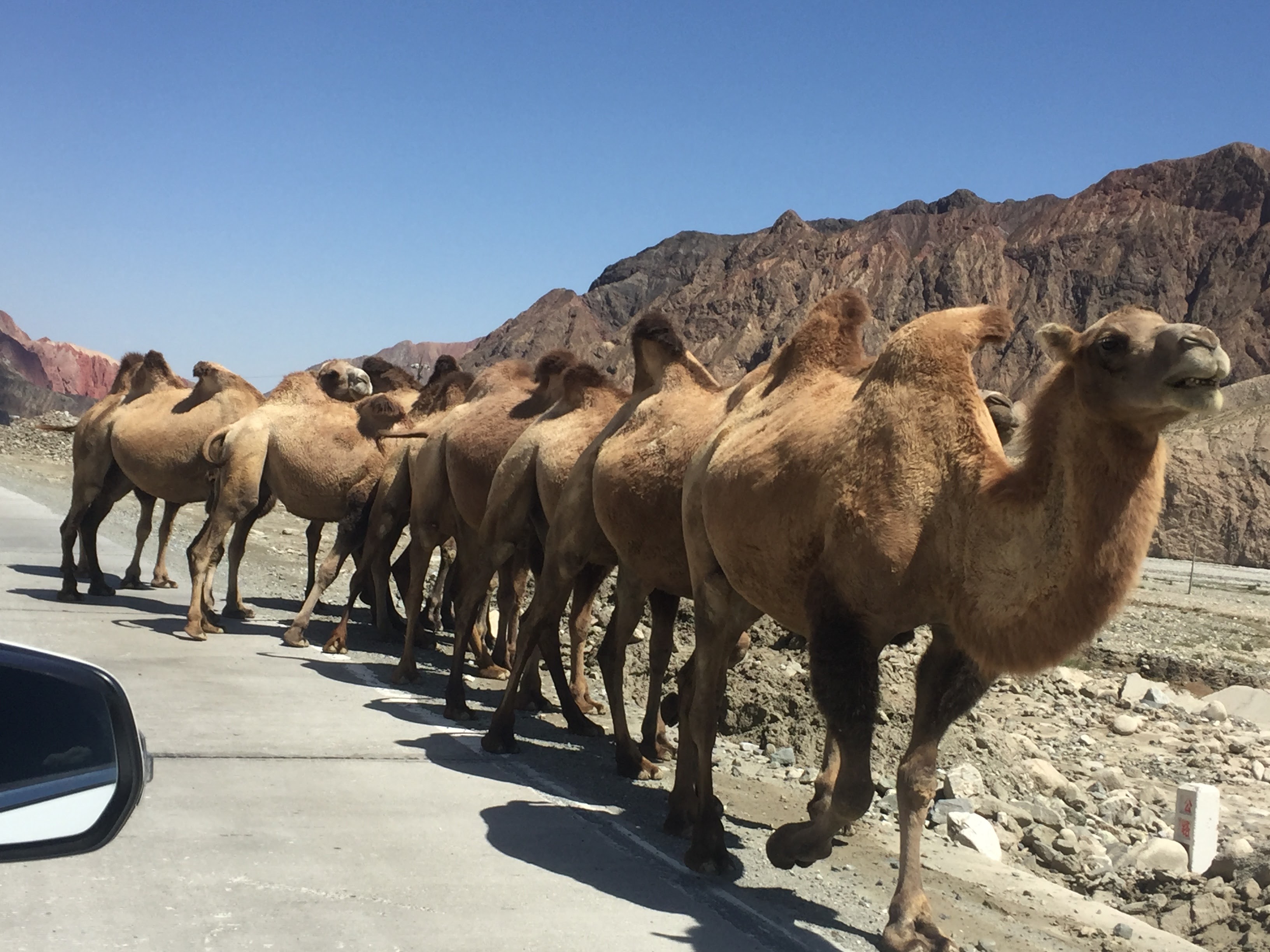
One thought on “Silk Road Trip 2017 Photo Set 2 of 3: The Karakorum Highway and Tashgurkan”
Comments are closed.